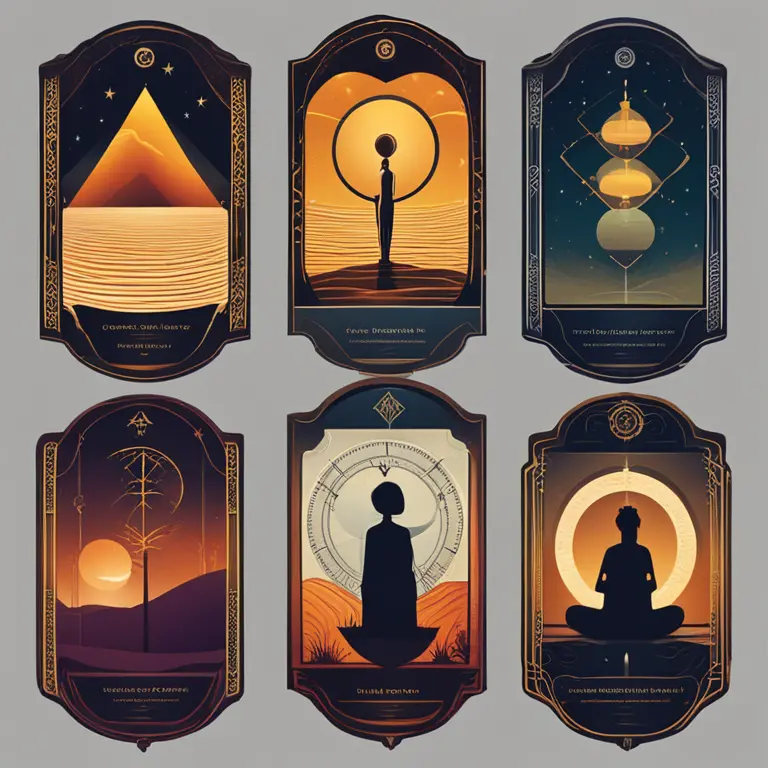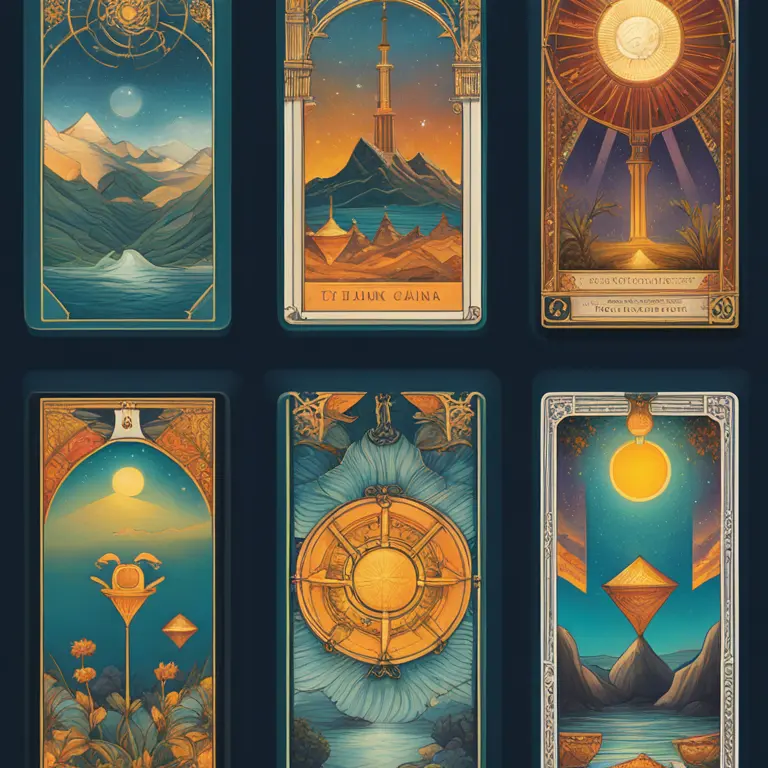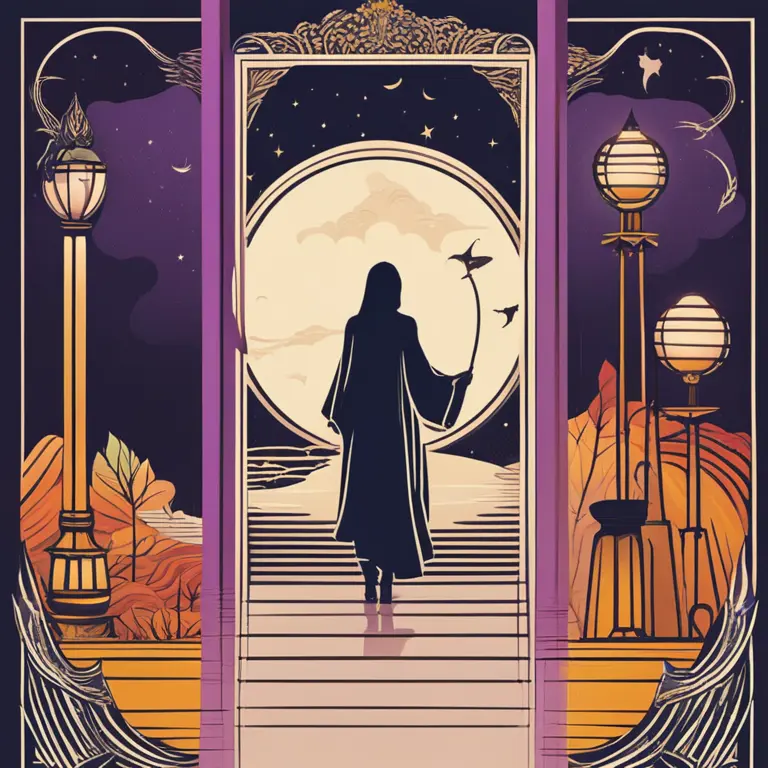
Introductory Pathways to Tarot
The journey into tarot card reading begins with understanding its history and purpose. Tarot cards have been used for centuries, not just for fortune-telling, but as a mirror to the soul, offering guidance and clarity. Each card in a tarot deck carries specific imagery and symbolism, carving a narrative that’s personal to the seeker. The practice involves interpreting these symbols to shed light on past actions, present circumstances, and potential future outcomes.

The Mystique of the Tarot Deck
A traditional tarot deck comprises 78 cards, each with its own imagery, symbolism, and story. The major arcana, consisting of 22 cards, represents life's karmic and spiritual lessons, while the 56 minor arcana cards reflect the trials and tribulations of day-to-day life. The minor arcana is further divided into four suits, much like a regular deck of playing cards. The reader combines these intricate pieces to form a narrative that speaks to the querent's life journey.

Framing the Questions
When approaching a tarot reading, the type of question asked is key. Tarot offers deeper insights when questions focus on the personal development and direction rather than finite yes-or-no answers. Queries should be open-ended, inviting exploration into the realms of personal choice and consequence, often revealing more about the inner workings of the querent than they might expect.

The Reading Ritual
The reader begins by shuffling the cards, as the querent focuses on the question or area of life needing insight. The shuffle itself is meditative, syncing the energy of the reader with the deck and the querent. The laying of the cards is next, with many spreads available, from the traditional Celtic Cross to simpler three-card layouts, with each position in the spread offering a unique perspective on the querent’s question.

Interpreting the Cards
The heart of tarot lies in interpretation. Here, both intuition and knowledge come into play. Each reader may bring differing nuances to the cards, adapting their meanings to the querent’s situation. There is no one-size-fits-all reading; the imagery may evoke different sensations and thoughts that guide the reader to a personal interpretation, which resonates with the individual seeking guidance.
Embracing Future Possibilities
Often, a tarot reading is sought to peek into the future. While cards can hint at possible outcomes, they are not definitive forecasts. Witnessing potential futures can empower a person to steer their life towards desired goals or away from unwanted paths. The 2024 Jupiter-Saturn conjunction, for example, echoes through the tarot with themes of growth and structure, advising individuals to find balance in expansion and stability.
Reflection and Growth
Ultimately, tarot readings are not just about predicting the future but facilitating self-reflection and personal growth. The cards serve as tools for self-awareness, encouraging individuals to contemplate their life direction. Through tarot, one may find the confidence to make choices that are aligned with their higher self, leading to a more authentic and fulfilling path.
Published: 1/17/2024
Modified: 1/17/2024
More predictions
Come back here soon to learn more about yourself and your future


The Astrology Houses Full Guide
Discover the significance of astrology houses and their connections to different life stages through our comprehensive age guide.


Astrology's Framework: Signs & Houses Insight
Delve into the foundational elements of astrological interpretation by understanding the roles of zodiac signs and astrological houses in personal horoscopes.


The Varied Dimensions of Astro Houses
Discover the intricate dimensions of astrological houses and their differing sizes in the zodiac wheel, shaping personal astrology profiles.